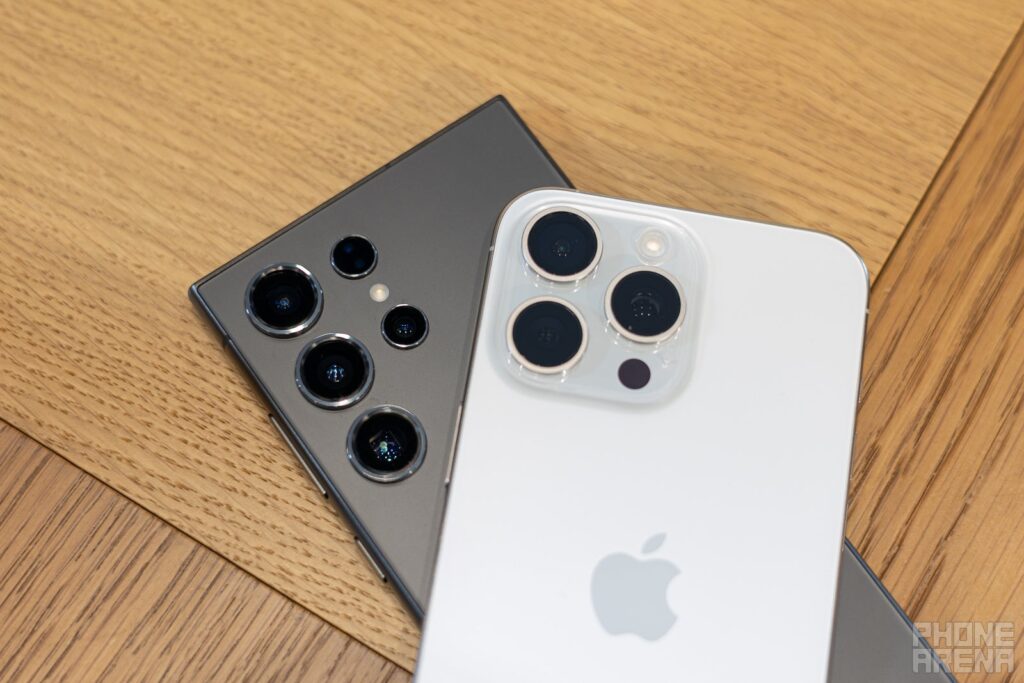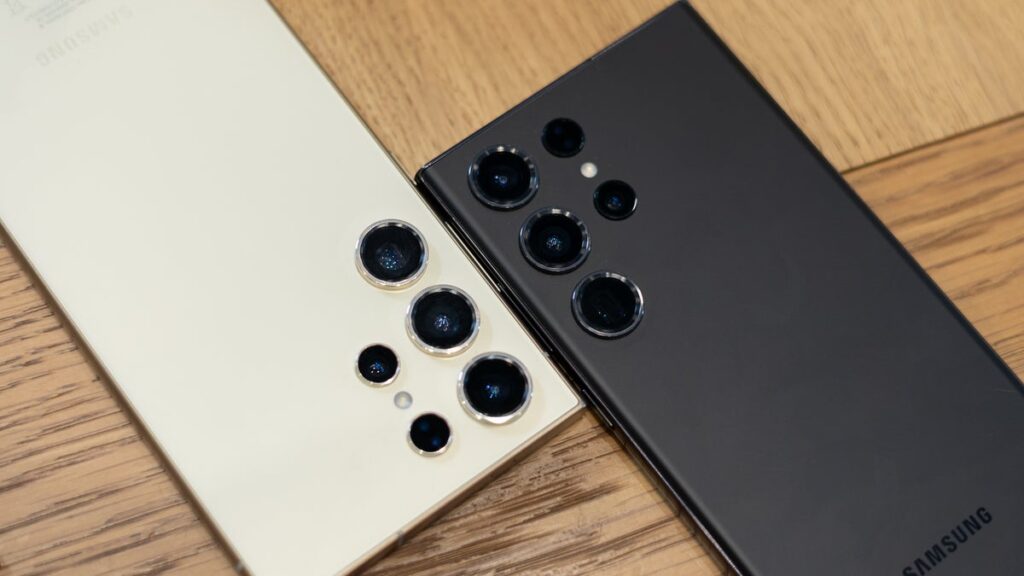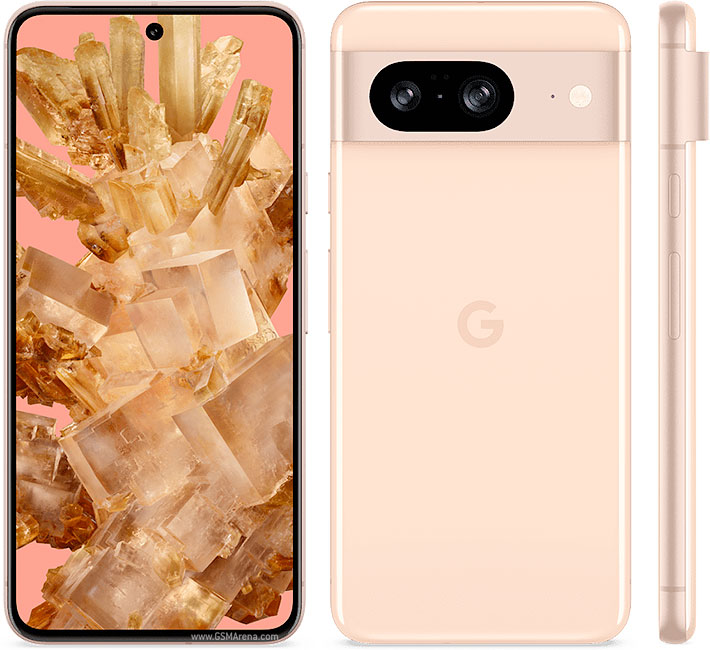iPhone vs Android Camera: A Detailed Comparison for 2024
Table of Contents

In the battle between iPhone and Android cameras, each platform brings unique strengths to the table. Whether you’re a casual photographer or someone who takes their mobile photography seriously, this detailed comparison will help you understand the differences in hardware, software, and features that distinguish iPhone and Android devices.
1. Camera Hardware
iPhone
Apple’s latest models, such as the iPhone 15 Pro Max, typically feature dual or triple-lens setups. Apple consistently prioritizes high-quality, standard sensors, and its 48MP main sensor in newer models offers excellent balance between resolution and light capture. However, Apple has remained conservative with zoom capabilities compared to some Android counterparts.

Android
Many high-end Android phones, such as the Samsung Galaxy S24 Ultra and Google Pixel 9 Pro, pack more advanced hardware. The Samsung Galaxy S24 Ultra features a 200MP sensor and up to 100x Space Zoom, something iPhones can’t match. On the other hand, Google Pixel phones focus more on computational photography and achieve impressive results with fewer megapixels.

2. Image Processing
iPhone
Apple excels in image consistency. The iPhone’s Smart HDR and Deep Fusion algorithms automatically balance highlights, shadows, and color saturation. This produces natural, true-to-life images. Apple’s software makes it easier for users to take great pictures without the need to tweak settings.
Android
Android devices, particularly Google’s Pixel line, are renowned for their computational photography, using AI to process images. Features like Night Sight and Super Res Zoom push Android phones, especially the Pixel series, to the top in terms of image quality. Brands like Samsung and Xiaomi also implement aggressive post-processing that results in vibrant and sharp photos, although this can sometimes lead to oversaturation.
3. Low-Light Photography
iPhone
Since the iPhone 11, Night Mode has dramatically improved. On the iPhone 15, night shots look realistic, with great detail retention and color accuracy. The phone automatically adjusts for dark environments and takes multiple frames to ensure that images are well-exposed.
Android

On the Android side, phones like the Google Pixel 9 and Samsung Galaxy S24 Ultra excel in low-light situations. Google Pixel’s Night Sight is known for producing bright and clear images even in extremely low-light conditions, often outperforming iPhone in this department. Samsung’s Ultra Night Mode also helps bring out details in near-dark settings.
4. Zoom Capabilities
iPhone
Apple’s zoom capabilities have improved over the years but still trail behind high-end Android phones.
Android
In contrast, the Samsung Galaxy S24 Ultra provides up to 100x Space Zoom, giving Android a massive edge in long-distance photography. Google Pixel 9 Pro features 30x Super Res Zoom, which delivers excellent detail without noticeable distortion. Android’s zoom superiority makes it the go-to option for users who want extreme close-ups without sacrificing quality.
5. Video Recording
iPhone
Apple is a pioneer in mobile video recording. The iPhone 15 series continues to offer industry-leading features such as Cinematic Mode, which introduces rack focus for professional-looking depth effects. It also supports Dolby Vision HDR video recording, offering an outstanding combination of dynamic range and color grading.
Android
Android phones have significantly upped their video game. Samsung Galaxy S24 Ultra offers 8K video recording at 30fps, but it falls short when compared to the iPhone’s color consistency and smoothness during video capture. Google Pixel 9 Pro focuses on AI-enhanced video stabilization, which is perfect for casual users, but professionals often prefer the iPhone for video projects due to its superior editing capabilities and smoother transitions.
6. Customization and Manual Control
iPhone
Most settings are automatic, making it ideal for users who prefer a point-and-shoot experience. While Apple has introduced more manual settings over the years, including exposure and focus adjustments, iPhones generally focus on simplicity.
Android
Android phones excel in offering a more customizable experience. This level of control, found in devices like the Sony Xperia 1 VI and OnePlus 12 Pro, makes Android a favorite for photography enthusiasts who want to experiment with manual settings.
7. AI and Software Features
iPhone
Apple has integrated AI capabilities such as Deep Fusion, which improves detail and texture, and Photonic Engine to enhance low-light performance. Additionally, Cinematic Mode in video is driven by AI, which intelligently focuses on subjects and adds bokeh effects.
Android
Android phones, especially the Google Pixel, lead in AI-driven features. The Pixel’s Magic Eraser allows users to remove unwanted objects from photos effortlessly. Samsung Galaxy phones have integrated AI scene optimization, which adjusts the camera settings based on the environment to produce the best possible shot.
Conclusion

The iPhone vs. Android camera debate comes down to personal preference and specific needs:
- If you prioritize natural image quality, ease of use, and best-in-class video recording, the iPhone is a strong choice.
- If you want advanced features like powerful zoom, more control over settings, and the ability to customize your photography experience, Android—especially phones like the Samsung Galaxy S24 Ultra and Google Pixel 9 Pro—might be the better option.
Both platforms have made significant strides in mobile photography, and the choice ultimately depends on the type of photographer you are and what features matter most to you

Pingback: Apple iPhone 15 Pro Max Apple’s Greatest Flagship Yet - clicksud.bio
I am nnot sure where you are getting your info, butt great topic.
I needs to spend some time learning much more or understanding more.
Thanks for wonderful information I was looking for this info for my mission. https://lvivforum.Pp.ua/
I am not sure where you are getting your info, but great topic.
I needs to spend some time learning much more or understanding
more. Thanks for wonderful information I
was looking forr this info for my mission. https://lvivforum.Pp.ua/